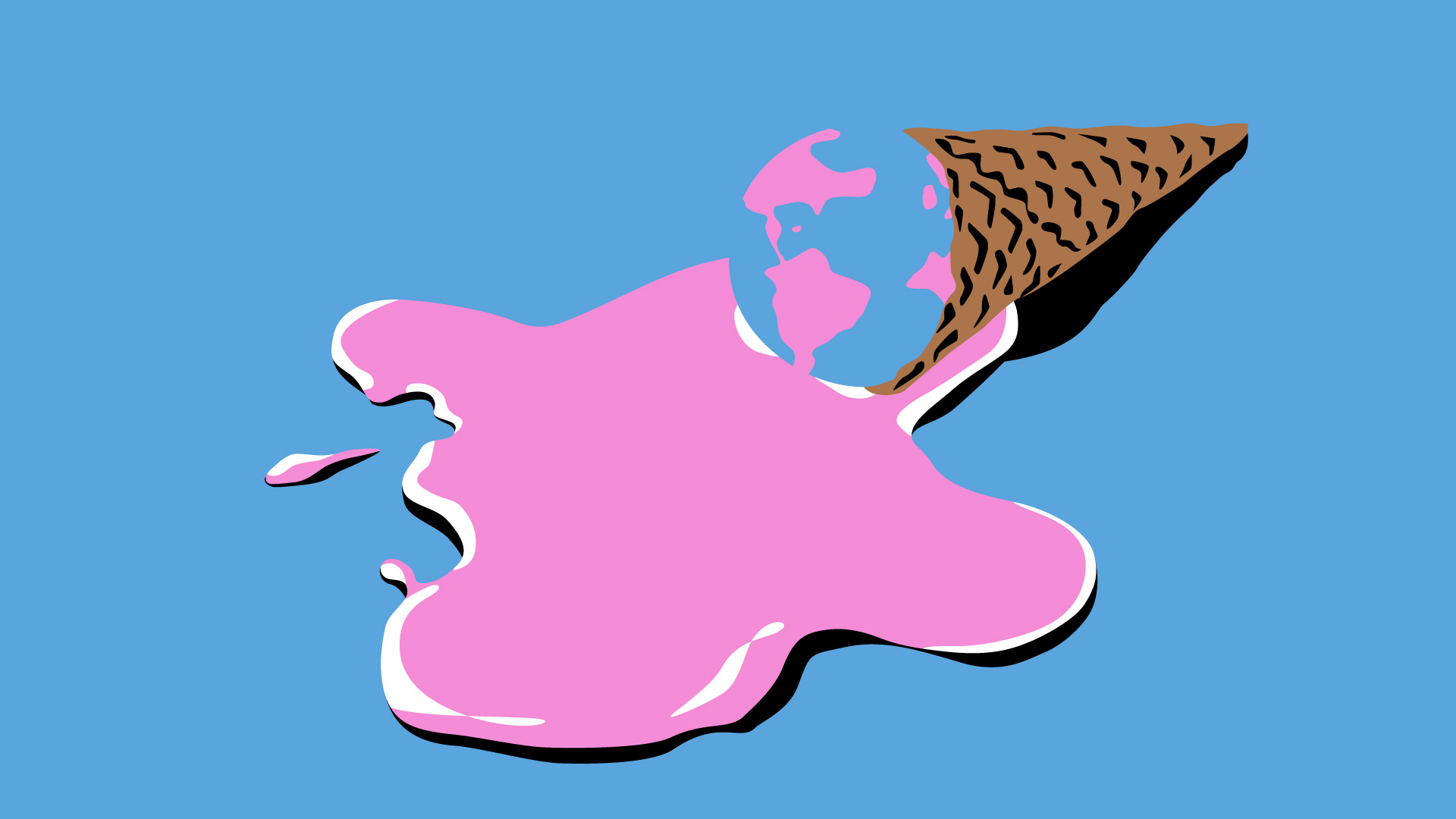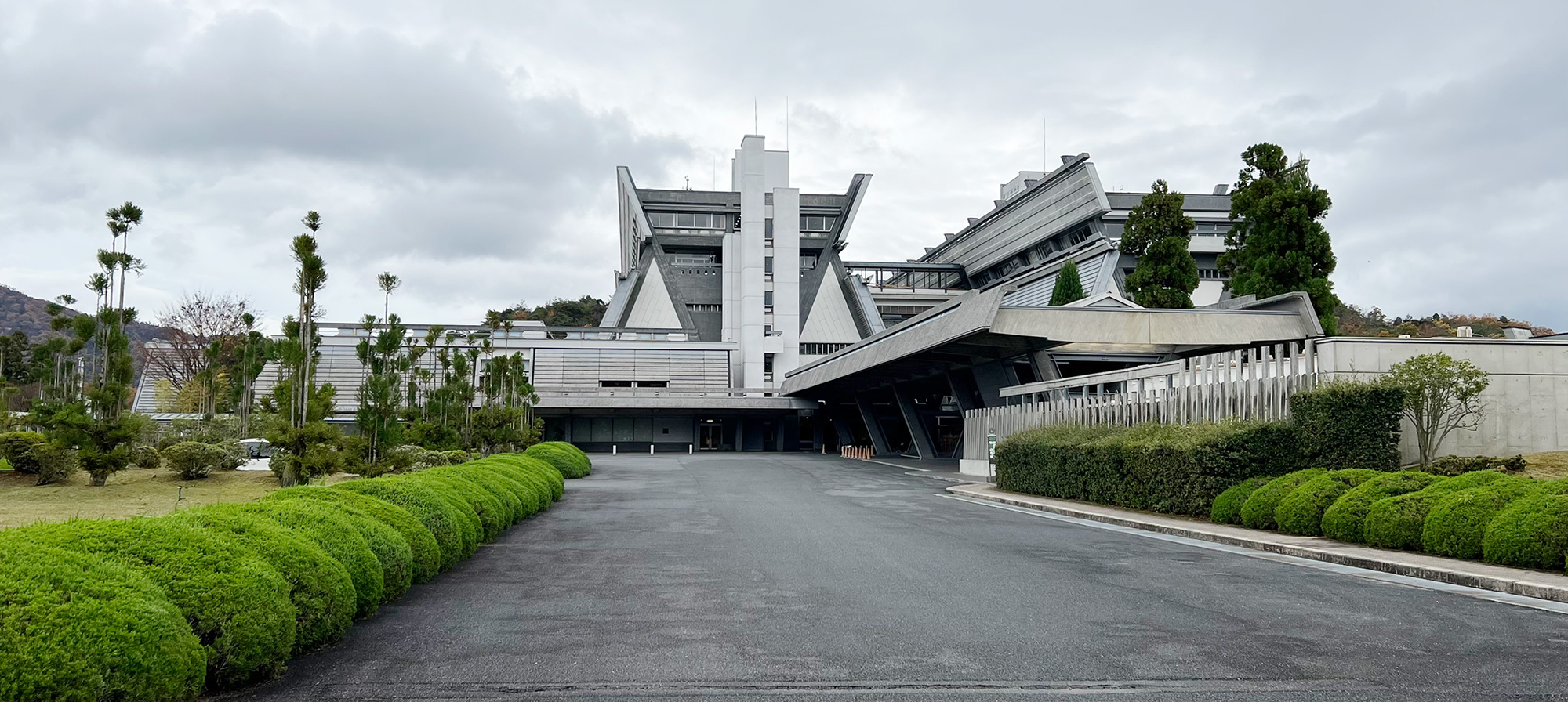Issue:
January 2023
A quarter of a century after I reported on the birth of the Kyoto protocol, the climate crisis has only deepened

In December, the Japanese and global media, governments and environmental NGOs, marked the 25th anniversary of the UN Kyoto protocol, the first international agreement to legally cap greenhouse gas emissions by developed nations.
Scientists had warned for decades of the dangers of climate change, and their message appeared to have gotten through when participants in the Earth Summit in Rio in 1992 agreed two new UN conventions to combat climate change and damage to biodiversity.
The first Conference of Parties (COP1) to the United Nations Framework Convention on Climate Change took place in Berlin in 1995. COP2 was held in Geneva the following year, setting the stage for the historic COP3 meeting in Kyoto. After an all-night marathon negotiating session on the final day, 37 industrialized countries and economies in transition, along with the European Union, committed to binding CO2 emissions reduction targets.
Together, the targets amounted to an average 5% reduction in emissions compared to 1990 levels for the five-year period 2008–2012. The EU, the U.S. and Japan were supposed to reduce their carbon emissions by 8%, 7% and 6%, respectively, based on their 1990 levels.
A quarter of a century later, journalists, academics, pundits, and government officials, looked back on those decisive few weeks in December 1997. Many were children, and some had not been born, when the agreement was reached at the Kyoto International Conference Center in the city’s northern suburbs. Their verdict on the Kyoto protocol was damning. It had failed – spectacularly so – to curb global warming. In addition, 25 years of rising greenhouse gas emissions meant the impact of the climate crisis was far worse than even the most pessimistic predictions made in Kyoto.
Back then, the cry was to “halt” global warming with strong international action to reduce greenhouse gas emissions, in the belief that it was still scientifically possible, if only the political will was there.
Today, as the heavily lambasted recent COP27 in Egypt showed, the goal has changed to “mitigating” the losses and damage inflicted by the climate crisis. Instead, the world is pinning its hopes on curbing fossil fuel usage, regardless of the cost. Along with funding from wealthy nations to help developing countries suffering from two centuries of environmental recklessness they did not cause, the current goal is to keep the average global temperature from reaching a “tipping point” rise of 2C – beyond which lies catastrophe.
The chances of preventing climate chaos appear far bleaker now than they did in 1997. Many members of Generation Z, who were not born when the Kyoto protocol was agreed, now believe the climate crisis is easily the biggest challenge facing humanity. Greta Thunberg chastizing leaders for decades of failure to halt climate change may exasperate – and even anger - veterans of the COP process, but she has inspired her generation to get involved in UN efforts to tackle emissions in a way no one else could.
Recent reviews of the Kyoto protocol, and the entire UN process, were, therefore, mostly written by people who were not at COP3. The criticisms are thorough and correct in their gloomy conclusions. But they lack any detail of what it was like on the ground at the conference, especially for journalists like myself, Justin McCurry, Richard Lloyd Parry, and other FCCJ members who covered the meeting.

By the time COP3 opened in December 1997, it was clear that the main battle would be over the numbers. Specifically, by what percentage would the U.S. agree to reduce carbon emissions? The EU was pushing for a high level of cuts, while the U.S. wanted to keep them to a minimum. Japan, meanwhile, was in a tricky position as host and sought a suitably middling target for its own CO2 emissions cuts.
But looming over the fights over numbers was the reality that, for the U.S., any agreement would likely be dead on arrival in Congress. In July 1997, the Bird-Hagel Resolution, sponsored by Democratic Senator Robert Bird, representing the coal state of West Virginia, and Republican Chuck Hagel, representing rural Nebraska, where the cost of curbing methane emissions from livestock was a huge issue, was passed in the Senate by a vote of 95-0. It stipulated the Senate would not ratify any treaty that excluded commitments from developing nations.
The resolution took direct aim at China, and to a lesser extent, India. They were both experiencing rapid economic growth, driven by heavy use of coal and other fossil fuels. But both were still officially developing nations and would not be subject to specific numerical target reductions under the protocol. Hagel showed up in Kyoto with a bevy of American allies (including so-called climate experts who claimed there was no such thing as global warming, a stance that was far more popular in the U.S. then than it is now). He went out of his way to court reporters in the press room, warning that the U.S. would scuttle the deal if the Chinese, Indians, and others didn’t make their own specific commitments.
Defending the honor of President Bill Clinton’s administration and its efforts to get a deal signed was Democratic Senator John Kerry. Like Hagel, Kerry made himself easily available to reporters, either in the press room or the hallways. I recall sitting on the sidelines of an interview between Kerry and the BBC’s Juliet Hindell, after which he stayed to answer questions from myself and a couple other reporters.
Then there were the impromptu press conferences by campaign groups, including one with the word “global” in its title. Unlike the press events by the well-meaning, but amateurish, local environmental groups I was accustomed to dealing with, this group had the polished presentation skills of a corporate lobbyist. Which, as it turned out, is exactly what it was – for the oil and gas industry.
The group did not advertise its loyalties. Its spokeswoman remained calm under fire from the assembled hacks, until one reporter from a British newspaper suggested more than once that, far from being “global”, her organization was, in fact, a mouthpiece for US energy interests. He succeeded in getting under her skin, and her composure cracked just long enough for the rest of us, who had been far more naïve, to realize what the game was.
The official COP3 press briefings and those by national government delegations were an exercise in frustration. Decoding the UN-speak and trying to figure out what was really meant by terms such as “common but differentiated responsibilities” and “capacity building” took an inordinate amount of time for journalists facing deadlines.
Once we had gleaned enough information from our notes to be able to write coherent sentences, we sat at our word processors, only to have an NGO representative toss a sheet of paper onto our keyboards announcing another press event, inevitably starting in five minutes.
There were all sorts of media characters in the press room, some serious and legitimate, and others who could politely be described as “colorful”. But it was at COP3 where I felt the influence of one U.S. newspaper in particular: The Washington Post. Toward the end of the conference, I was standing at the back of the press room with Kevin Sullivan, the Post’s Tokyo correspondent. “This is ridiculous” he snorted, as the U.S. briefer droned on in UN-speak. Kevin stomped off. A day or two later, I spotted Kevin’s piece on the “alphabet soup” served up at the UN climate change conference. It was savagely critical – and quite funny – because it was true. That evening, though, by some strange coincidence, the U.S. delegation briefed us all in a remarkably jargon-free manner.
But tensions over binding commitments from developed nations nearly sank the conference. As the clock ticked down, a sense of desperation set in. Al Gore arrived, told the U.S. team to make concessions, and then headed off, leaving diplomats to hash out the messy details. By then, it was clear we were heading into overtime. The final dinners with local officials, including the Kyoto mayor, were canceled. Flights the following day were rebooked, and hotel rooms reserved for an additional night.
In the end, an agreement was reached. But the mood following the signing, as I remember, was one of relief, not optimism. Hagel told me directly in a quote I got from him in the press room afterwards that the Kyoto protocol “would not fly” in the U.S. Senate. A reporter from The Dallas Morning News told me the same during a coffee break. A few years later, President George W Bush would pull the U.S. out of the Kyoto protocol.
In the early morning light following all-night negotiations that concluded with an agreement – albeit a flawed one – we all wearily headed home, realizing that, whatever happened with the Kyoto protocol next, COP3 was just the beginning of a process that would be long, difficult and often controversial. A quarter of a century on, that is as true now as it was then.
Eric Johnston covered the COP3 summit as a reporter for The Japan Times. The views contained within are his own, not those of The Japan Times.

